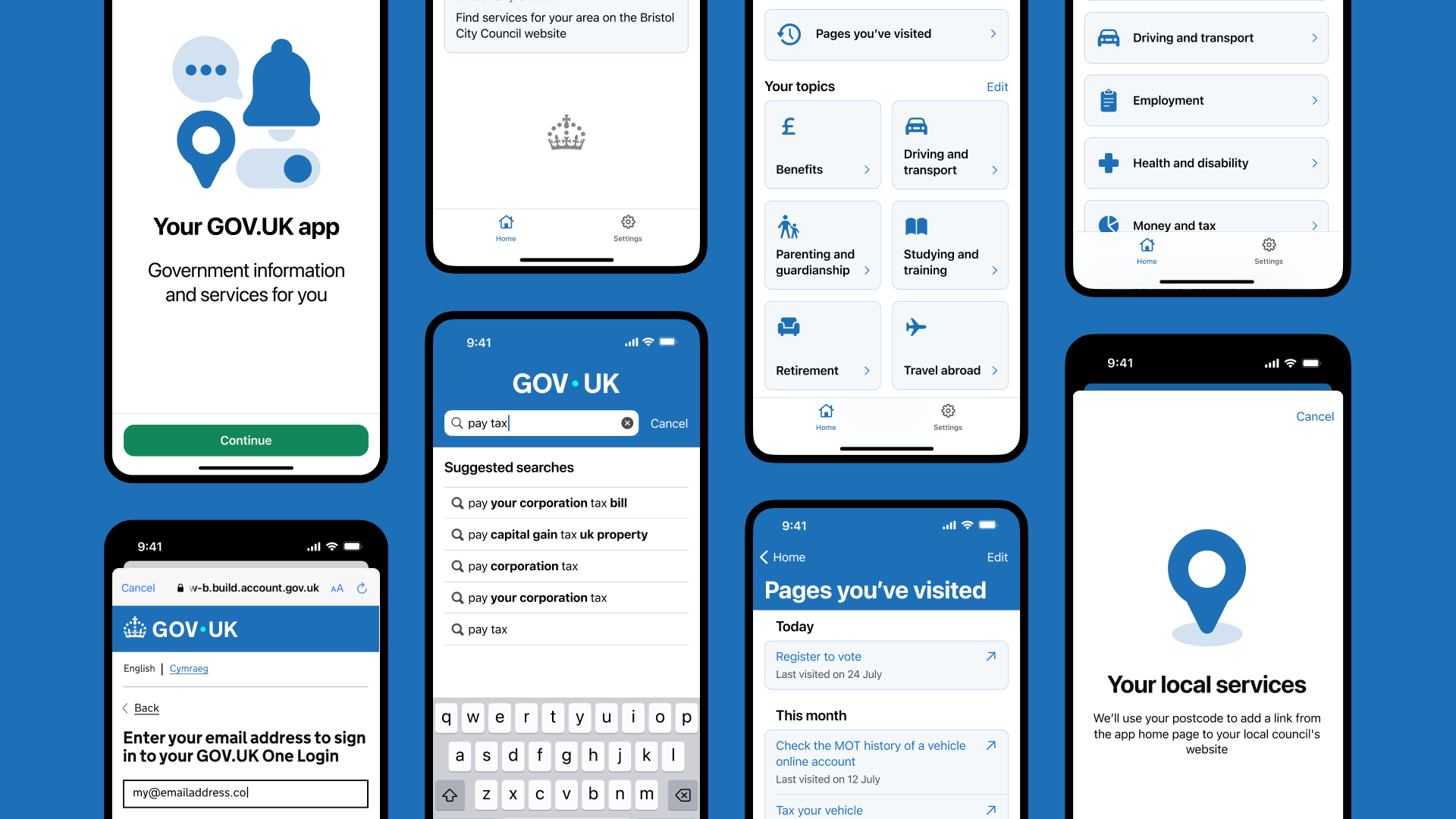The annual report from the Infrastructure and Projects Authority shows government tech programmes of work are a mixed bag
Work to deliver the Emergency Services Network has been given a red rating in the annual report from the Infrastructure and Projects Authority, meaning that “successful delivery of the project appears to be unachievable”.
The ESN programme is one of eight major programmes of government work rated red this year, alongside five defence projects, and two related to the UK’s road and rail infrastructure.
A number of other tech-centric projects were given an amber/red rating, indicating that the ICA believes that “successful delivery of the project is in doubt, with major risks or issues apparent in a number of key areas”.
Departmental breakdown
- Home Office
The work to implement digital services at the UK border, and the introduction of electronic processes for the Disclosure and Barring Service both have an amber/red categorisation. Like the ESN project, both these programmes are being run by the Home Office.
Other IT and tech schemes being run by the department are in better shape, including the work to unite the UK’s two databases of biometric information, and the Communications and Capabilities Development Programme, which aims to ensure that “law enforcement, security and intelligence agencies can lawfully obtain, manage and use communications data and intercepted content”. Both these schemes were rated as amber/green – meaning that that “successful delivery appears probable” if the programme continues to receive “constant attention”.
The Home Office’s work to transform its in-house IT and services – dubbed the Technology Platforms for Tomorrow Programme – was rated as amber, as was the National Law Enforcement Data Programme, and the work to deliver new technology systems for the UK’s immigration services.
An amber rating indicates that “successful delivery appears feasible” – albeit contingent on “significant issues” being first addressed.
- DHSC
The Department of Health and Social Care has an array of major technology projects, including the implementation of the NHS e-Referral Service and the IT Infrastructure Sourcing Programme for the NHS Business Services Authority – both of which were given an amber/red categorisation. The project to transform the NHS Choices website was rated amber.
The DHSC is also in charge of three amber/green-rated projects: the programme to deliver the NHSmail 2 email platform; the National Data Services Development Programme; and the work to deliver a contract for local IT services provision for health and care organisations across the country.
- Cabinet Office
The Cabinet Office has the reins of a comparatively solid set of digital and technology projects, including the amber/green-rated programme to develop and deploy the Foxhound secure government network.
The rollout of GOV.UK Verify, the wider government as a platform work of GDS, the ISSC2 shared-services programme for back-office tools, and the common technology services project all achieved an amber rating.
- DCMS
The work being undertaken by the Department of Digital, Culture, Media and Sport to deliver superfast broadband to 90% of premises in the UK was awarded an amber/green rating by the IPA. The DCMS-led project to repurpose the 700MHz communications for use by mobile broadband providers was also rated amber/green.
Green
Successful delivery of the project on time, budget and quality appears highly likely
Amber/Green
Successful delivery appears probable; however, constant attention will be needed
Amber
Successful delivery appears feasible but significant issues already exist
Amber/Red
Successful delivery of the project is in doubt, with major risks or issues apparent in a number of key areas
Red
Successful delivery of the project appears to be unachievable
Source: IPA
- HMRC
The work of HM Revenue and Customs to safely migrate away from its long-term Aspire IT contract is another project in the amber/green bracket, as is the technology overhaul of the Foreign and Commonwealth Office.
The two tracks of HMRC’s Making Tax Digital programme – one for businesses, and another for individuals – each achieved an amber rating, as did the department’s delivery of the new Customs Declaration Service.
- MoD
The Ministry of Defence is in charge of a selection of technology and data projects in the amber/red category.
This includes its New Style of IT work – split into two projects – to “deliver the software, hardware and associated service management support required to enable Defence to conduct operational command”. The programme to deliver a new generation of communications satellites is also rated amber/red, as is programme to transform how comms and IT is used by defence in a “land environment”.
- MoJ
The Ministry of Justice is at the helm of a number of mid-rated tech projects. Included in this in the £1bn digital-based reform programme of the HM Courts and Tribunals Service, which is rated as amber-red for the fifth year in a row. The project to deliver a common tech platform for us by HMCTS and the Crown Prosecution service has moved from amber in 2017 to amber/red this time out, while the Future IT Sourcing programme intended to save the MoJ £95m a year has gone in the opposite direction.
- Others
The National Crime Agency has two digital transformation workstreams in the amber bracket, while the work of the Office for National Statistics to transform how census data is collected is also rated amber.
The IPA divides the 133 ongoing major projects into four categories: transformation; military capability; infrastructure and construction; and ICT.
With the ESN rollout not placed in the ICT group, the 29 projects in the technology sector do not feature any red-rated programmes of work. The ICT category is made up of seven amber-red projects, 14 that are rated amber, and eight that are amber-green.
This means that, for the second year in a row, there are no red-rated ICT projects in the authority’s annual report.
In 2017 there were nine ICT programmes of work categorised as amber/red, with 17 rated amber, eight amber-green, and two achieving a top-level green rating – indicating that an on-time and on-budget complete delivery of the project appears likely. Last year there was also one project that had been ‘reset’, and two that were exempt.
Discussing this year’s total roster of 133 major government projects, IPA chief executive Tony Meggs said: “The collective size and scope of these projects is impressive. It takes years of hard work from the cadre of world-class project delivery professionals in government to deliver projects of this scale and complexity. The current portfolio of government major projects remains a broad and ambitious one. It is vital that we continue to help create the right environment for their successful delivery.”



